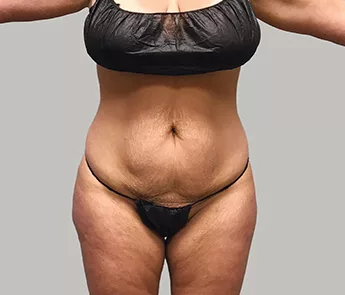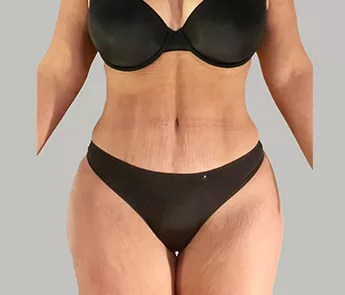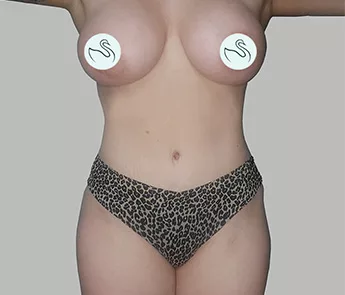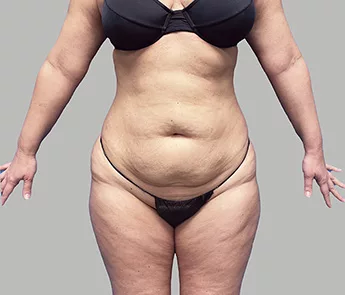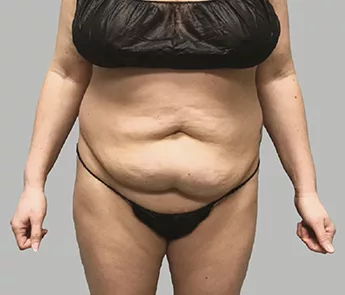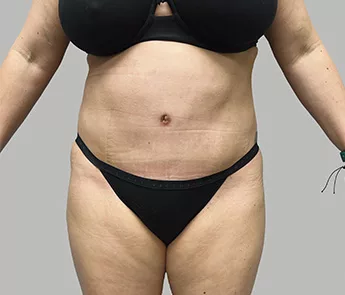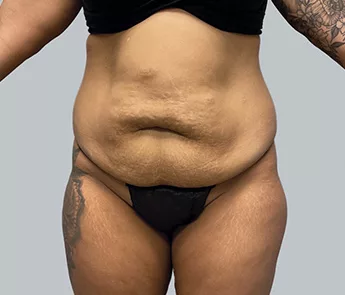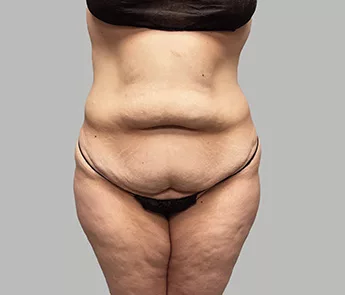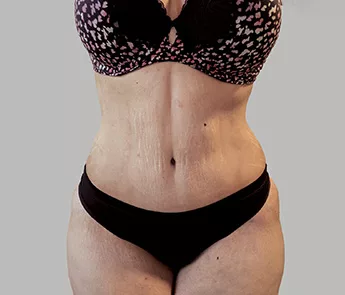What is Tummy Tuck surgery?
A tummy tuck, or abdominoplasty, is a cosmetic surgical procedure designed to improve the appearance of the abdomen. It typically involves the removal of excess skin and fat from the abdominal area and the tightening of the underlying muscles. This can help create a flatter and more toned abdomen.
How does Tummy Tuck surgery work?
The procedure begins with general anesthesia, followed by an incision along the lower abdomen. The surgeon removes excess tissue, repairs weakened abdominal muscles, and repositions the belly button if needed. The incision is then closed, and the patient typically wears a compression garment during recovery to manage swelling and support healing. Results become more apparent as swelling decreases, with the final outcome taking several months to fully develop.
The Skin Center Difference
You’re in exceptional hands at The Skin Center. Our board-certified surgeons have performed over 80,000 cosmetic procedures and specialize in liposuction, tummy tucks, Brazilian Butt Lifts, breast augmentation, facelifts and mommy makeovers.
Our Dedicated Team
Every patient’s journey is unique, and so are our treatments. Our team of board-certified surgeons and compassionate staff are dedicated to providing personalized care that supports your goals and aspirations.

